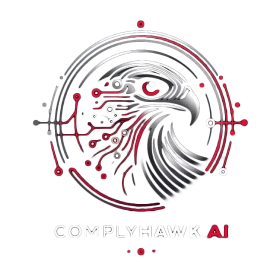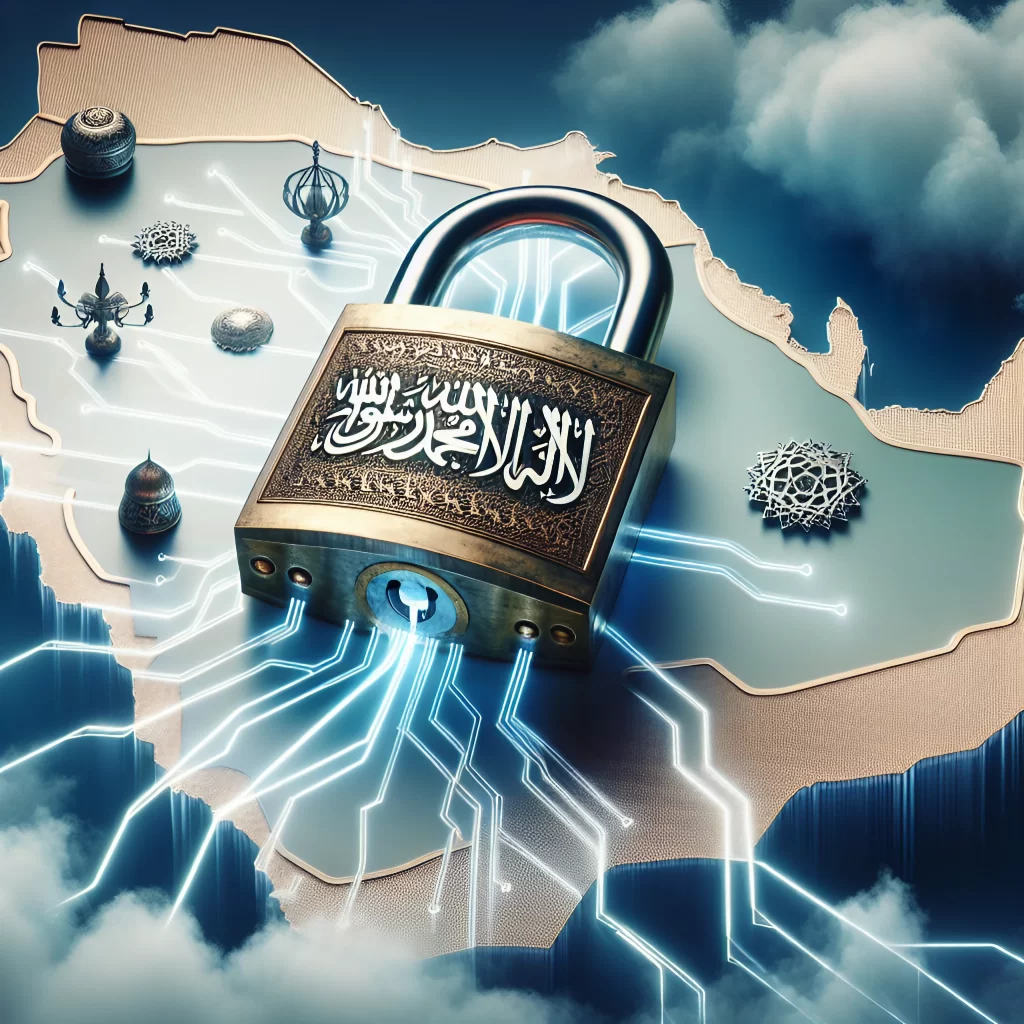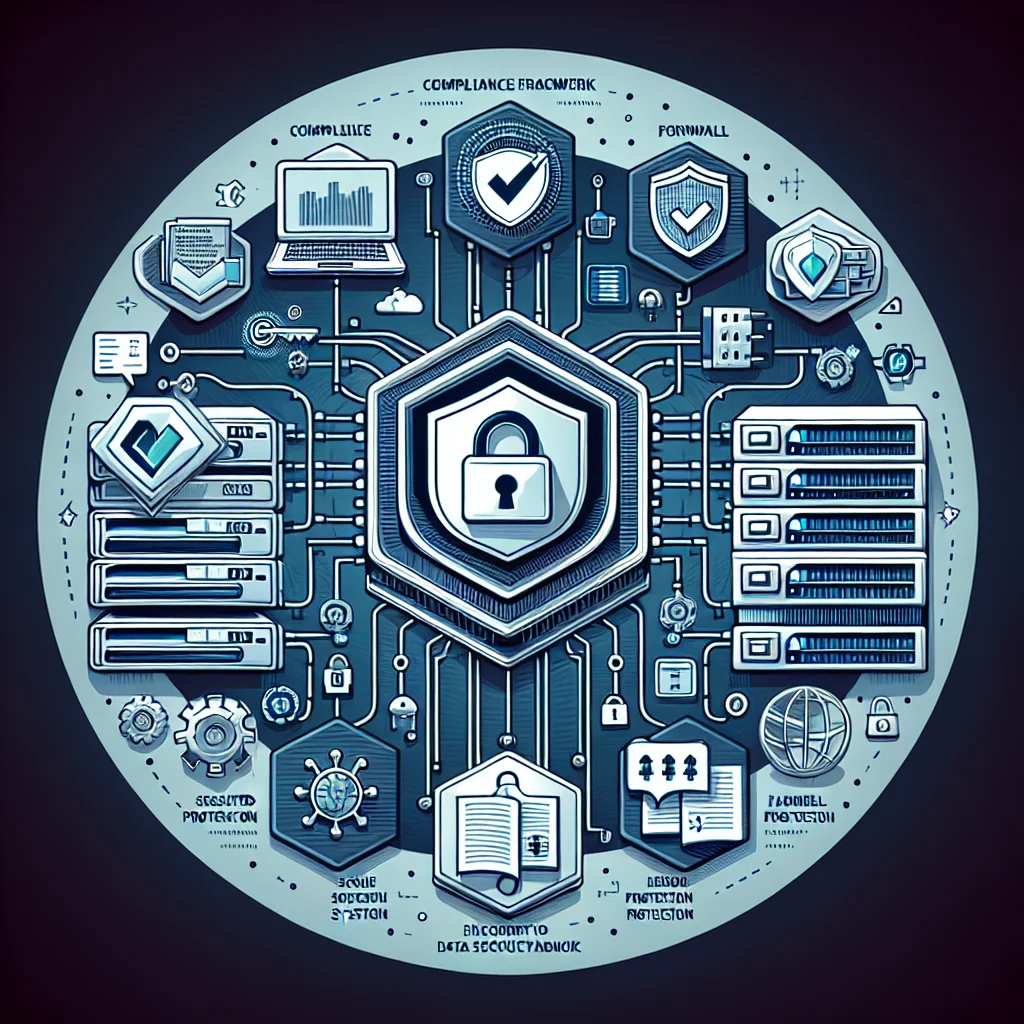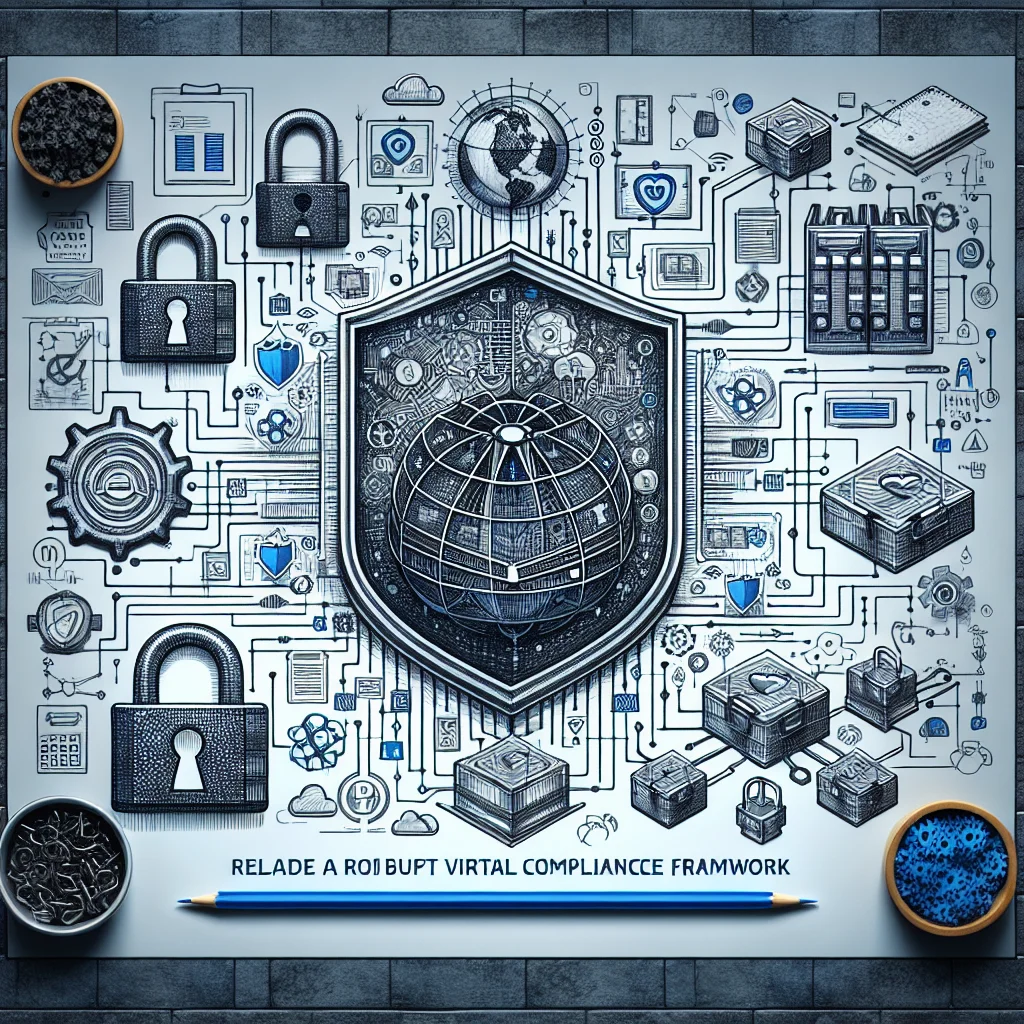In today’s digital age, risk management frameworks such as NIST SP 800-37 have become essential for organizations aiming to manage cybersecurity risks effectively. The framework guides organizations through a structured process to identify, assess, and mitigate risks associated with information systems. However, understanding and implementing NIST SP 800-37 can be challenging, especially for CISOs and IT professionals in the Middle East, where unique regional considerations come into play.
What is NIST SP 800-37?
NIST SP 800-37, also known as the Risk Management Framework (RMF) for Information Systems and Organizations, is a publication by the National Institute of Standards and Technology (NIST). It provides a structured approach for managing cybersecurity risks through a six-step process that includes categorization, selection, implementation, assessment, authorization, and monitoring of security controls.
Frequently Asked Questions (FAQs)
1. What is NIST SP 800-37?
NIST SP 800-37 is a comprehensive risk management framework designed to help organizations manage cybersecurity risks effectively. It provides guidelines for identifying, assessing, and mitigating risks associated with information systems.
2. Who should use NIST SP 800-37?
NIST SP 800-37 is intended for any organization that needs to manage cybersecurity risks, including government agencies, private sector companies, and non-profit organizations. It is particularly relevant for CISOs and IT professionals responsible for maintaining information security.
3. What are the six steps in the RMF process?
The six steps in the NIST SP 800-37 RMF process are:
- Categorize Information Systems
- Select Security Controls
- Implement Security Controls
- Assess Security Controls
- Authorize Information Systems
- Monitor Security Controls
4. How does NIST SP 800-37 differ from other risk management frameworks?
NIST SP 800-37 focuses specifically on managing cybersecurity risks and provides a structured, repeatable process that can be tailored to the needs of individual organizations. It is unique in its emphasis on continuous monitoring and updating of security controls.
5. What are the benefits of using NIST SP 800-37?
The benefits of using NIST SP 800-37 include improved risk management, enhanced security posture, compliance with regulatory requirements, and increased confidence among stakeholders.
6. How can NIST SP 800-37 help my organization achieve compliance?
NIST SP 800-37 provides a structured approach for managing cybersecurity risks, which can help organizations achieve compliance with various regulatory requirements, such as FISMA, HIPAA, and GDPR.
7. What are the key considerations for implementing NIST SP 800-37 in the Middle East?
When implementing NIST SP 800-37 in the Middle East, organizations should consider regional regulations, cultural differences, and the specific cybersecurity threats unique to the region.
8. How does NIST SP 800-37 address continuous monitoring?
NIST SP 800-37 emphasizes the importance of continuous monitoring to ensure that security controls remain effective over time. This involves regularly assessing and updating controls based on changes in the threat landscape.
9. What role does automation play in NIST SP 800-37?
Automation can significantly enhance the efficiency and effectiveness of the RMF process by streamlining tasks such as control selection, implementation, and continuous monitoring.
10. How can an automated compliance platform like Cyberarrow or Drata help with NIST SP 800-37?
Automated compliance platforms like Cyberarrow and Drata can simplify the RMF process by providing tools for automating control selection, implementation, assessment, and continuous monitoring. This can save time, reduce errors, and improve overall security posture.
11. What are the challenges of implementing NIST SP 800-37?
Challenges of implementing NIST SP 800-37 include complexity, resource constraints, and the need for specialized expertise. An automated compliance platform can help address these challenges by providing streamlined processes and expert guidance.
12. How does NIST SP 800-37 integrate with other frameworks like ISO 27001 and PCI DSS?
NIST SP 800-37 can be integrated with other frameworks like ISO 27001 and PCI DSS by mapping common controls and leveraging best practices across frameworks. This can help organizations achieve broader compliance and improve overall security.
13. What are some common controls between NIST SP 800-37, ISO 27001, and PCI DSS?
Common controls between NIST SP 800-37, ISO 27001, and PCI DSS include access control (ISO 27001 A.9.1.1, PCI DSS 7.1), incident response (ISO 27001 A.16.1.1, PCI DSS 12.10), and risk assessment (ISO 27001 A.8.2.1, PCI DSS 12.1.2).
14. How can organizations ensure they are following best practices for NIST SP 800-37?
Organizations can ensure they are following best practices for NIST SP 800-37 by regularly reviewing and updating their risk management processes, leveraging automation tools, and seeking guidance from experts in the field.
15. What are the key metrics for measuring the effectiveness of NIST SP 800-37?
Key metrics for measuring the effectiveness of NIST SP 800-37 include the number of security incidents, the time to detect and respond to incidents, and the overall reduction in risk levels.
16. How does NIST SP 800-37 help with incident response?
NIST SP 800-37 helps with incident response by providing a structured approach for identifying, assessing, and mitigating risks. This can help organizations respond more effectively to incidents and minimize their impact.
17. How can organizations ensure continuous improvement with NIST SP 800-37?
Organizations can ensure continuous improvement with NIST SP 800-37 by regularly reviewing and updating their risk management processes, leveraging automation tools, and seeking guidance from experts in the field.
18. What are the key roles and responsibilities for implementing NIST SP 800-37?
Key roles and responsibilities for implementing NIST SP 800-37 include the CISO, IT security team, risk management team, and other stakeholders involved in managing cybersecurity risks.
19. How can organizations ensure they are compliant with NIST SP 800-37?
Organizations can ensure they are compliant with NIST SP 800-37 by following the RMF process, regularly reviewing and updating their risk management processes, and leveraging automation tools to streamline compliance efforts.
20. What are the future trends for NIST SP 800-37?
Future trends for NIST SP 800-37 include increased automation, integration with other frameworks, and a greater emphasis on continuous monitoring and improvement.
21. How can CISOs in the Middle East address the unique cybersecurity challenges in their region?
CISOs in the Middle East can address unique cybersecurity challenges by conducting thorough threat assessments that consider regional geopolitical factors, investing in localized security solutions, and fostering collaboration with local law enforcement and cybersecurity organisations to share intelligence and best practices.
22. What role does threat intelligence play in enhancing cybersecurity in the Middle East?
Threat intelligence plays a crucial role by providing CISOs with timely information about emerging threats specific to the region, enabling proactive defenses, informed decision-making, and the implementation of tailored security strategies that align with the unique threat landscape of the Middle East.
23. How can CISOs effectively engage stakeholders in cybersecurity initiatives?
CISOs can effectively engage stakeholders by communicating the importance of cybersecurity in business terms, demonstrating the potential risks and impacts on operations, and involving them in developing and enforcing security policies and practices to foster a culture of security across the organization.
24. What should CISOs consider when choosing cybersecurity vendors?
When choosing cybersecurity vendors, CISOs should consider factors such as the vendor’s reputation and experience in the region, the compliance of their products with local regulations, the scalability of their solutions, and the ability to provide ongoing support and training tailored to the unique cybersecurity needs of the Middle East.
25. How can CISOs measure the return on investment (ROI) of their cybersecurity initiatives?
CISOs can measure the ROI of cybersecurity initiatives by evaluating metrics such as reductions in security incidents, cost savings from prevented breaches, improved compliance rates, and the overall enhancement of the organization’s security posture, which can lead to increased business trust and customer confidence.
Common Controls Across Frameworks
Implementing multiple compliance frameworks can be daunting, but understanding common controls can simplify the process. Here are some controls common to NIST SP 800-37, ISO 27001, and PCI DSS:
- Access Control:
- ISO 27001: A.9.1.1 – Access Control Policy
- PCI DSS: 7.1 – Limit access to system components and cardholder data
- NIST SP 800-37: AC-1 – Access Control Policy and Procedures
- Risk Assessment:
- ISO 27001: A.8.2.1 – Risk Assessment Process
- PCI DSS: 12.1.2 – Risk assessment process
- NIST SP 800-37: RA-1 – Risk Assessment Policy and Procedures
- Incident Response:
- ISO 27001: A.16.1.1 – Responsibilities and procedures
- PCI DSS: 12.10 – Implement an incident response plan
- NIST SP 800-37: IR-1 – Incident Response Policy and Procedures
Middle East-Specific Considerations
When implementing NIST SP 800-37 in the Middle East, consider the following regional aspects:
- Regulatory Compliance: Understand and comply with local regulations such as UAE’s Data Protection Law (Federal Law No. 2 of 2019) and Qatar’s Personal Data Privacy Protection Law.
- Cultural Sensitivity: Be mindful of cultural norms and practices that may impact the implementation of cybersecurity measures.
- Regional Threat Landscape: Stay informed about region-specific cybersecurity threats and trends to tailor your risk management strategies accordingly.
Conclusion
If you’re a CISO or IT professional looking to streamline your compliance efforts and enhance your organization’s cybersecurity posture, consider partnering with an automated compliance platform such as ComplyHawk. Specializing in this framework and region, ComplyHawk offers tools and expertise to simplify the RMF process, ensuring your organization stays secure and compliant.
By leveraging NIST SP 800-37 and integrating it with other frameworks like ISO 27001 and PCI DSS, your organization can achieve a robust cybersecurity posture that meets regulatory requirements and protects against evolving threats. Partner with ComplyHawk today and take the first step towards a more secure future.



